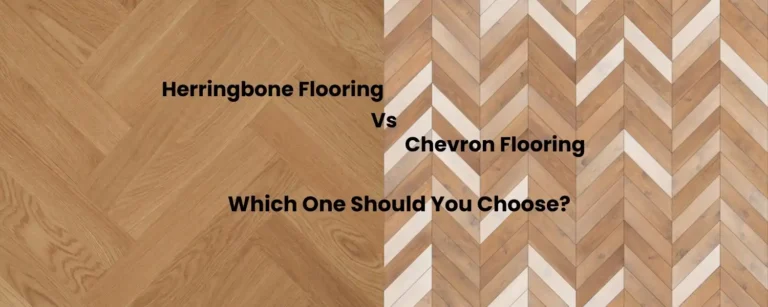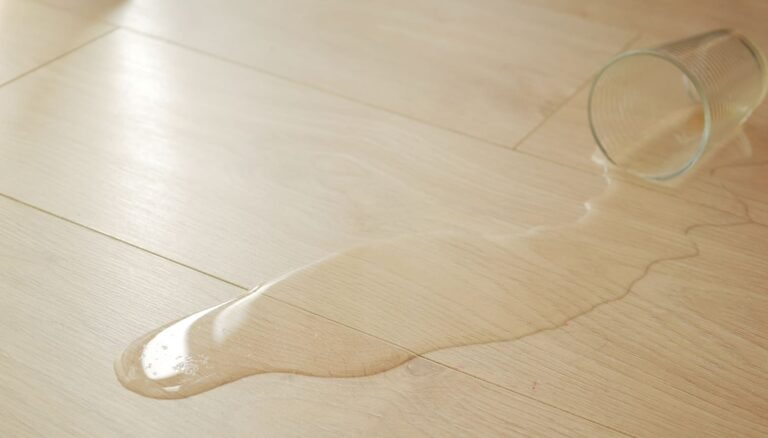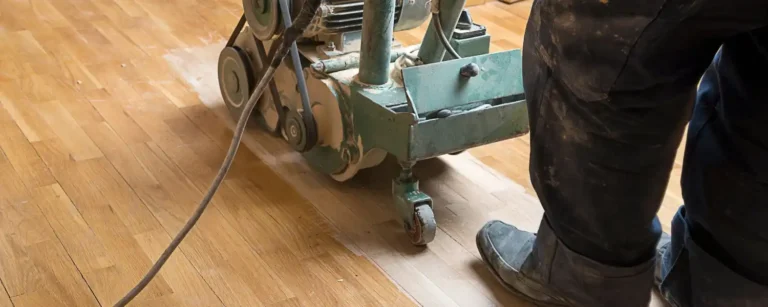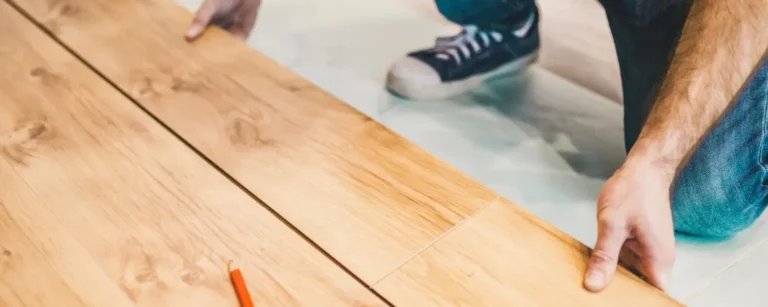Unlocking the Process: How is Engineered Hardwood Made?
How is Engineered Hardwood made? Have you ever dreamt of warm, inviting hardwood floors gracing your home but hesitated due to practicality? Cracked dreams no more! Engineered hardwood flooring offers the timeless elegance of natural wood with a twist – we’ve built it for modern living.
Let’s discover the secrets behind this revolutionary flooring option together. We’ll disclose how engineered hardwood floors achieve the coveted look of solid wood while boasting impressive durability and moisture resistance. Get ready to unlock a world of design possibilities and find the perfect floor to elevate your home’s style and functionality. Our guide breaks down the manufacturing process, allowing you to make informed decisions for your home.

Understanding Engineered Hardwood Flooring
What is Engineered Hardwood Flooring?
Engineered hardwood flooring comprises multiple layers of wood veneer bonded together, creating a sturdy and durable material. This layered construction improves stability and resistance to moisture, making it suitable for various locations in your home.
Engineered hardwood comes in a breathtaking array of colors, wood species, and finishes, allowing you to achieve the perfect aesthetic for your space. Whether you prefer oak’s classic warmth or maple’s sleek modernity, there’s an engineered hardwood floor to match your style.
Why is Engineered Hardwood so Popular?
Engineered hardwood is a popular choice for its enhanced durability and stability. Its multi-layered construction provides superior resistance to warping, expansion, and contraction caused by changes in temperature and humidity. This stability makes it a versatile flooring option, suitable for areas like kitchens, bathrooms, and even basements where solid hardwood might be less practical.
Moreover, engineered hardwood offers various installation options. It’s also more economical than solid hardwood and incredibly easy to maintain, requiring only regular sweeping and occasional mopping. These qualities contribute to its lasting beauty and make engineered hardwood an attractive choice for homeowners seeking style, durability, and value.
Components of Engineered Hardwood: Layers Explained
It’s essential to examine engineered hardwood construction to understand its benefits. Here, we explore the different layers that make up this flooring material:
Wear Layer
The wear layer is the topmost surface of engineered hardwood. This crucial layer protects against scratches, dents, and stains, ensuring your floor’s beauty and longevity. The thickness of the wear layer determines how durable the floor is and how often we can refinish it. Engineered hardwood’s layered construction offers excellent stability—the wear layer provides the classic look and protection, while the core layers enhance moisture and warp resistance.
Core Layer
The core layer is the backbone of engineered hardwood, providing essential structural stability. It typically comprises multiple cross-laminated layers of plywood or a dense HDF (High-Density Fiberboard) construction. These materials offer strength and resistance to warping, ensuring your engineered hardwood floor remains flat and dimensionally stable even with changes in temperature and humidity.
Backing Layer
The backing layer in engineered hardwood comprises plywood or composite materials, forming the final layer of the flooring’s structure. This layer provides essential stabilization, counterbalancing the wear layer to ensure a flat, stable surface. It also offers moisture resistance, protecting the core layers and preventing warping and cupping. Additionally, the backing layer can contribute to sound dampening and enhance the overall feel of the flooring underfoot.
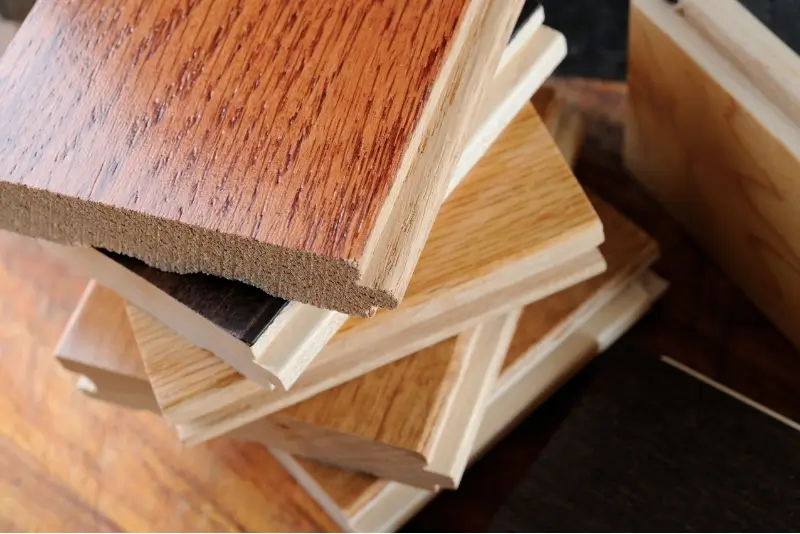
Manufacturing Process
This section provides a comprehensive overview of the steps involved in crafting engineered hardwood flooring:
- Preparation of Raw Materials
- Layering Process
- Cutting and Shaping
- Pressing and Curing
- Finishing
- Quality Control
Preparation of Raw Materials
Before manufacturing engineered hardwood flooring, it is necessary to prepare certain materials. This section examines the essential steps in preparing the raw materials.
Wood Veneer Selection
- A careful selection of high-quality wood veneers is vital for ensuring the beauty and longevity of engineered hardwood floors.
- Manufacturers consider the wood species (oak, hickory, maple, etc.) for its characteristics, such as color, grain pattern, and hardness.
- Veneers are inspected for defects, using only the best for the wear layer.
- Preparation may involve slicing or peeling the wood logs into thin sheets.
Adhesive Materials
- Engineered hardwood relies on strong adhesives for a secure bond between layers.
- Manufacturers choose adhesives like urethane, epoxy, or polyvinyl acetate (PVA) for their specific properties and suitability for the materials used.
- Correct mixing, application methods, and curing times are crucial and require careful control during the manufacturing process.
Layering Process
The layering process is the heart of engineered hardwood manufacturing, where the individual components come together to form a strong and stable flooring product. Here’s a closer look at the key steps:
Gluing Layers Together
Applying adhesive to bond layers is a crucial step in layering. This step demands precision and careful application to ensure a strong, durable bond through even distribution.
- Adhesive Selection: We carefully choose the adhesive type based on the to-be-bonded materials and the desired properties of the final product.
- Application Methods: We apply adhesive in a controlled, precise manner to ensure even distribution and correct thickness.
- Assembly: We carefully align the layers (wear layer, core, and backing) before the adhesive sets.
Pressing and Bonding
Hydraulic presses or other mechanical devices apply even pressure across the surface, ensuring a secure and durable bond between the layers.
- Pressure and Heat: Heavy-duty presses (often hydraulic or pneumatic) apply significant pressure evenly across the assembled layers’ entire surface.
- Curing Time: The assembled layers are held under pressure for a predetermined time, allowing the adhesive to cure and fully achieve maximum strength.
- Quality Checks: During and after pressing, the bonded layers undergo inspection to ensure a strong, uniform bond with no gaps or delamination.
Cutting and Shaping
After securely bonding the layers of engineered hardwood, the next phase involves cutting and shaping the material into the final flooring planks. This process requires precision and specialized equipment:
Precision Cutting Techniques
Specialized equipment precisely cuts bonded layers of engineered hardwood into specific sizes and shapes, ensuring each plank meets exact specifications with meticulous attention to detail.
- Cutting to Size: We use large format saws or CNC (Computer Numerical Control) routers to cut the bonded engineered hardwood sheets into individual planks.
- Edge Profiling: Specialized milling machines create tongue-and-groove profiles on the edges of each plank.
- Quality Control: Careful measurements and inspections ensure consistency and prevent defects throughout the cutting process.
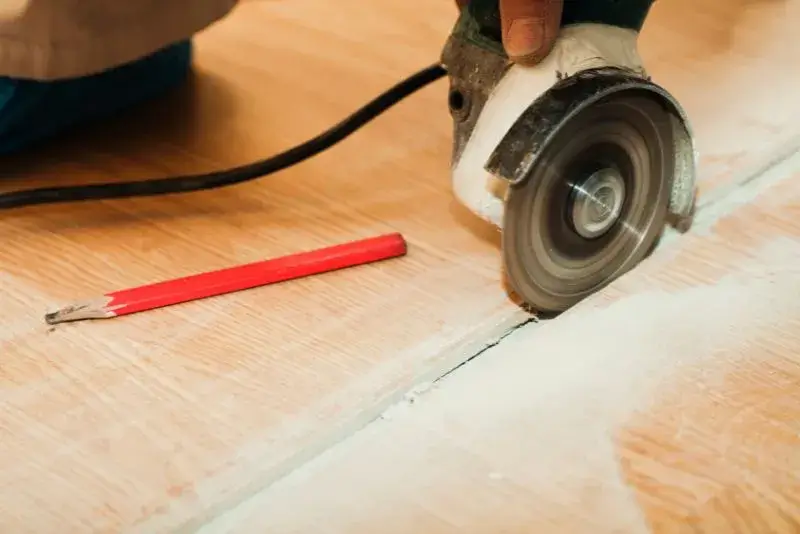
Shaping into Planks
After accurately cutting the engineered hardwood, the next step is to shape it into individual planks. This process requires precision and skill to create consistent width and length.
- Plank Formation: The precisely cut and edged pieces are now considered individual flooring planks. We carefully inspect them for any flaws or imperfections before proceeding to the final stages of manufacturing.
- Surface Treatments: Depending on the desired look, some planks may undergo additional surface treatments. These include texturing, wire-brushing, or hand-scraping to create unique visual and tactile effects.
Finishes Touches
The final stages of manufacturing are all about enhancing the appearance and durability of engineered hardwood flooring. Here’s a closer look:
Sanding and Smoothing
Using specialized equipment, sanding and smoothing engineered hardwood removes imperfections and evens out the surface. This step prepares the wood for treatment with a uniform finish.
- Surface Preparation: Multiple sanding stages using progressively finer grits create an incredibly smooth and uniform surface, critical for a beautiful and consistent finish.
- Grit Variations: We use different grit levels depending on the hardness of the wood species and the desired surface texture.
- Removing Imperfections: The sanding process eliminates minor surface marks, scratches, or unevenness from earlier manufacturing steps.
Application of Surface Treatments
After sanding and smoothing, treatments enhance and protect the surface. Staining adds color, sealing prevents moisture damage, and a topcoat increases durability. Each treatment ensures even coverage and effectiveness.
- Staining: Stains penetrate the wood fibers, adding rich color and highlighting the natural grain patterns of the hardwood veneer.
- Sealing: Protective sealers help prevent moisture penetration and minimize the impact of spills on the wood surface.
- Wear Layer/Topcoat: A final wear layer, often a clear polyurethane or UV-cured finish, provides superior resistance to scratches, dents, abrasion, and fading.
Quality Control Measures
Strict quality checks are essential to guarantee the excellence of engineered hardwood flooring. Here are some vital elements of quality control:
Inspection of Materials and Components
Inspecting all materials and parts is the first step in maintaining engineered hardwood quality. Manufacturers check each wood veneer, adhesive, and component for defects to ensure the use of top-quality materials.
- Visual Inspection: We carefully examine each component (veneers, core materials, adhesives, finishes) for any defects or inconsistencies affecting the final product’s quality.
- Material Sourcing: Reputable manufacturers work with suppliers who provide high-quality, responsibly sourced materials.
Testing for Durability and Performance
The flooring undergoes rigorous testing to guarantee its resistance to wear, moisture, and other real-world conditions. By doing so, the manufacturers ensure the flooring’s long-term durability and performance.
- Abrasion Tests: We simulate everyday wear and tear to assess the finish’s resistance to scratches and scuffing.
- Moisture Resistance Tests: We evaluate how well the flooring withstands water exposure, ensuring protection against warping or damage.
- Impact and Indentation Tests: We measure the floor’s ability to resist dents and heavy loads.
Compliance with Industry Standards and Regulations
Manufacturers adhere to strict standards for emissions, fire resistance, and sustainability, ensuring consumer safety and satisfaction. By meeting these standards, manufacturers can produce top-quality products that fulfill consumers’ needs.
- Emissions Testing: Confirms that the flooring releases minimal VOCs (Volatile Organic Compounds), contributing to healthy indoor air quality.
- Fire Resistance Ratings: We test products for specific applications and building codes to meet fire safety standards.
- Sustainability Certifications: Some manufacturers achieve independent certifications that verify the use of sustainable wood sources and environmentally responsible practices.
Advantages of Engineered Hardwood Flooring
Engineered hardwood flooring offers many benefits, making it a popular choice for homeowners. This section highlights its key advantages.
- Stability and Durability: Engineered hardwood is very stable and durable. It resists warping and swelling better than solid hardwood.
- Versatility in Installation Options: Installation by various methods makes it suitable for different subfloors and areas of the homes.
- Cost-Effective Flooring: More affordable than solid hardwood due to construction and easier installation.
- Maintenance and Longevity Benefits: It requires minimal maintenance and retains its appearance over time, making it a long-lasting option.
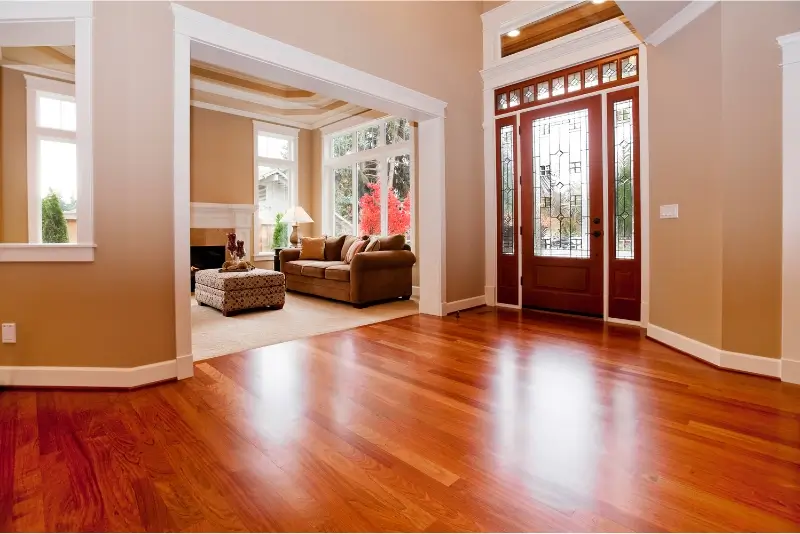
How Engineered Hardwood is Made: A Blend of Science and Skill
The manufacturing of engineered hardwood flooring merges meticulous precision with time-tested craftsmanship. From the careful selection of raw materials to the expert layering and shaping processes, manufacturers execute every step with a relentless focus on quality. The result is a beautiful, durable flooring option showcasing wood’s natural allure. Its designs withstand the challenges of everyday life.
At Villagio Wood Floors, we understand the importance of this artful balance in creating exceptional engineered hardwood flooring. Our commitment to precision and craftsmanship ensures that each plank embodies strength and timeless beauty. Explore our collection to discover the perfect flooring solution for your space.
How is Engineered Hardwood Made? – FAQs
What is the difference between engineered and solid hardwood flooring?
The key difference lies in their construction. Solid hardwood comprises one piece of wood, while engineered hardwood has multiple layers for added stability and moisture resistance.
Learn more about the difference in our comprehensive blog, “Engineered Hardwood Vs Hardwood”
How are raw materials for engineered hardwood sourced sustainably?
Responsible sourcing involves harvesting wood from managed forests and prioritizing forest regeneration. It follows forestry practices that promote biodiversity and environmental conservation.
What maintenance measures are recommended for engineered hardwood flooring to ensure longevity?
Regular cleaning, furniture pads, and periodic resealing or refinishing as needed will keep your floors looking their best.
Is engineered hardwood flooring cost-effective compared to other flooring options?
Yes! It offers a beautiful hardwood look at a lower price point than solid hardwood, and its long-term durability adds to its value.
To learn more about the cost of engineered hardwood flooring, read our other blog, “Decoding Costs: How Much Does Engineered Hardwood Flooring Cost?“


